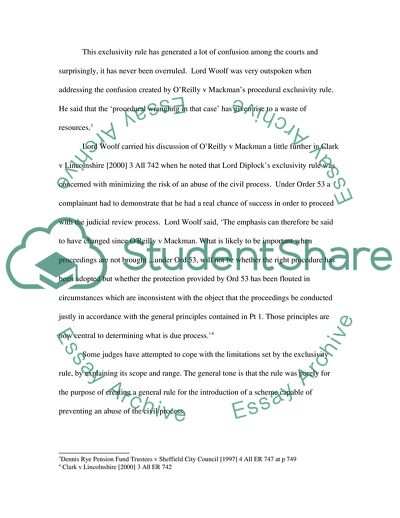Cite this document
(O'Reilly v Mackman Case Study Example | Topics and Well Written Essays - 1500 words, n.d.)
O'Reilly v Mackman Case Study Example | Topics and Well Written Essays - 1500 words. https://studentshare.org/law/1705380-oreilly-v-mackman-1983
O'Reilly v Mackman Case Study Example | Topics and Well Written Essays - 1500 words. https://studentshare.org/law/1705380-oreilly-v-mackman-1983
(O'Reilly V Mackman Case Study Example | Topics and Well Written Essays - 1500 Words)
O'Reilly V Mackman Case Study Example | Topics and Well Written Essays - 1500 Words. https://studentshare.org/law/1705380-oreilly-v-mackman-1983.
O'Reilly V Mackman Case Study Example | Topics and Well Written Essays - 1500 Words. https://studentshare.org/law/1705380-oreilly-v-mackman-1983.
“O'Reilly V Mackman Case Study Example | Topics and Well Written Essays - 1500 Words”. https://studentshare.org/law/1705380-oreilly-v-mackman-1983.


